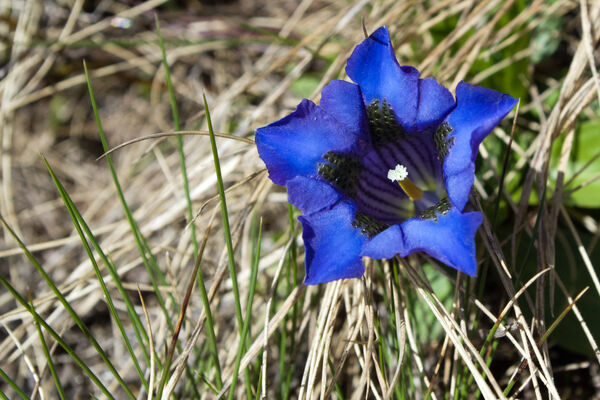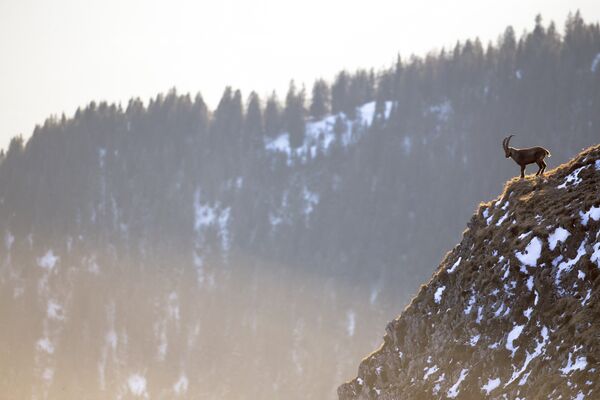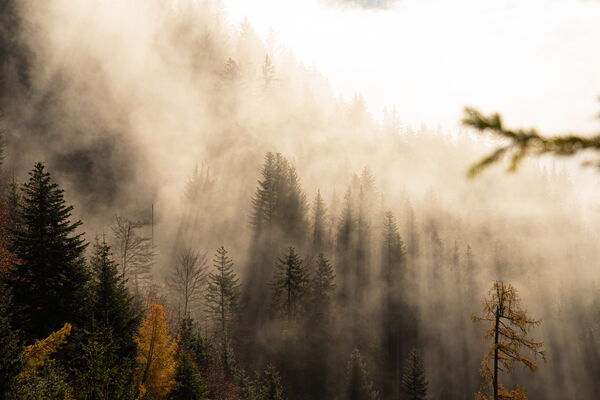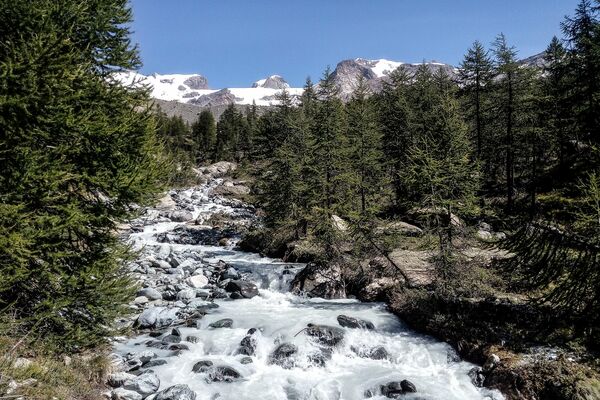The incredible Alpine environment - our home
The Alps are a place of incredible biodiversity, home to more than 30,000 animal and 13,000 plant species. Almost 30% of the Alpine area is protected, but most of these protected areas are at higher altitudes, while lowland ecosystems urgently need more protection. Many species roam over larger distances, not only across the Alps but also in the surrounding flatlands and further to other mountain ranges like the Carpathians. Therefore, we need to provide so-called ecological corridors and “stepping stones”.


Sensitive species depend on the entire area remaining continuous and habitable. Large predators such as wolves, bears and lynx, as well as wild ungulates, such as ibex, chamois and red deer, are also "components" of the Alpine landscape and ecosystem. However, conflicts with human activities such as grazing, forestry and hunting occur time and again. The ecological importance of the Alps - e.g. as a biodiversity hotspot, source of fresh water, etc. - for large parts of Europe makes it vital to preserve the natural environment, its ecosystem services and biodiversity.
Temperatures are increasing almost twice as quickly in the Alps as in the rest of the northern hemisphere. The temperature rise of almost +2 °C since the late 19th century is already widely affecting the Alpine environment. We are seeing a reduction of the habitat of endemic animal and plant species, changes in water availability (including snow), stress on forests, as well as an increased risk and unpredictability of natural hazards. These changes have an impact on nearly all human activities.
See how the Gepatschferner glacier shrank in just one year:
Melting ice: Time-lapse images from the summers of 2020 and 2021 at Gepatschferner, taken as part of the EU project PHUSICOS (https://phusicos.eu/)
© Martin Mergili, University of Graz and Stefan Haselberger, University of Vienna
There can be more living creatures in a single teaspoon of healthy soil than there are people on the entire planet!
Healthy soils are key to mitigating and adapting to climate change, to preserving biodiversity and to achieving food security.
However, vast quantities of healthy soils are lost every day, largely driven by human soil consumption. This is especially crucial in the Alps, where the availability of soil is particularly limited.
More than 40% of the Alpine area is covered by forests. This figure is growing due to the abandonment of some cultivated areas and due to the rise in temperature. Forests are carbon sinks, i.e. ecosystems that permanently absorb or store CO2, such as moors, soils and forests. In general, any ecosystem that absorbs more CO2 than it releases is called a CO2 sink.They not only supply wood as a construction material but are also a source of renewable energy, as well as many non-wood products.


Forests are a distinguishing element of the Alpine landscape. When managed sustainably, they carry out many important functions: soil conservation, protection against natural disasters, renewable sources of raw materials, energy sources, employment opportunities, mitigation of climate change, ecosystem conservation and protection of Alpine landscapes.
Water is stored as ice and snow in the mountains and partly released to the rivers in spring and summer. Alpine rivers serve as a freshwater source for large parts of Europe. Water is needed for drinking and households, irrigation, sports and hydropower, among other uses. These uses sometimes compete with each other as well as with the needs of river ecosystems. Unfortunately, water is also a major factor in natural disasters, such as avalanches, floods, and landslides. Water storage and precipitation are also affected by climate change: many Alpine regions are now experiencing episodes of water scarcity and even droughts. Glacier retreat is a clear climate change indicator in all parts of the Alps.

